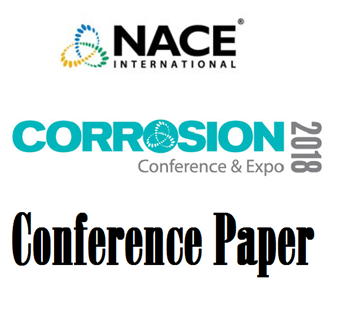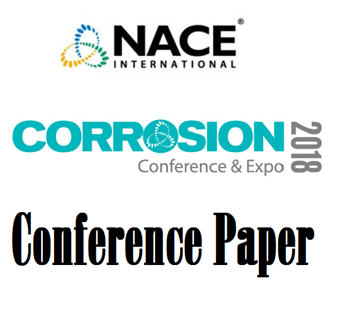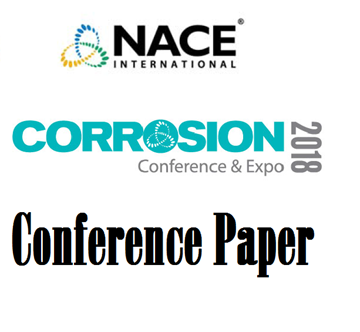Search
51318-11569-Pitting Corrosion Resistance of a 316L Stainless Steel Manufactured by the Direct Metal Laser Sintering Process
Also Purchased
51318-11212-Rapid Screening of Additive Manufactured Specimens for Sour Testing: Orientation and Surface Effects
Product Number:
51318-11212-SG
Publication Date:
2018
$20.00
51318-11557-Failure Analysis of Gas Separator Cooler Tube Leak during service after passing Inspection test duri
Product Number:
51318-11557-SG
Publication Date:
2018
$20.00
51318-11581-Exploratory evaluation of interface effects of cathodic prevention in concrete
Product Number:
51318-11581-SG
Publication Date:
2018
$20.00




